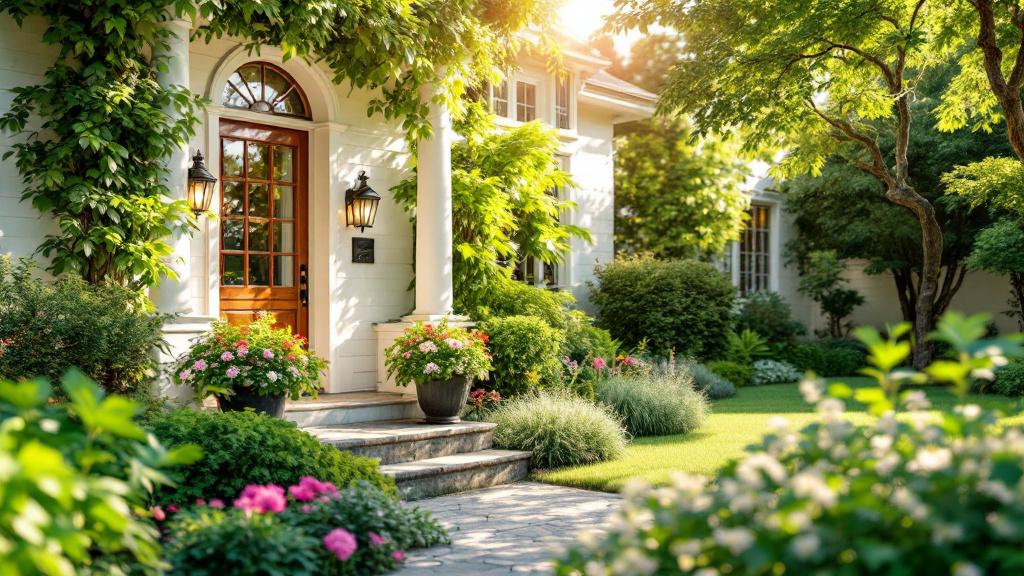The Benefits of Art Therapy in Nursing Homes
Discover the benefits of art therapy in nursing homes, fostering joy, connection, and well-being for seniors.
.jpg)
Art Therapy in Nursing Homes
Introduction to Art Therapy
Art therapy is a therapeutic practice that uses creative processes like painting, drawing, and sculpting to improve mental and emotional well-being. It allows individuals to express themselves through their artwork, often providing a medium for communication, especially for those who may have difficulty articulating their thoughts and feelings verbally. In nursing homes, art therapy offers a structured way for residents to engage in meaningful artistic activities that promote healing and self-expression.

Importance of Art Therapy for Seniors
The benefits of art therapy in nursing homes are numerous and significant. Engaging in creative activities can provide emotional relief, cognitive stimulation, and social interaction for seniors. Below is a table highlighting the key reasons why art therapy is essential for elderly individuals living in nursing facilities.
Art therapy plays an important role in enhancing the quality of life for seniors in nursing homes. The creative outlet helps promote joy, connection, and well-being in a supportive environment.
Benefits of Art Therapy
Art therapy offers numerous advantages for residents in nursing homes, contributing significantly to their overall well-being. This section focuses on the cognitive, emotional, and social benefits of engaging in art therapy.
Cognitive Benefits
Participating in art therapy can stimulate cognitive functions among seniors, helping to maintain and even enhance mental sharpness. Engaging in creative activities activates different areas of the brain, which aids in cognitive resilience.
Emotional Benefits
The emotional impacts of art therapy are profound. It allows seniors to express feelings that may be difficult to articulate verbally. This expression can lead to significant improvements in emotional health.
Social Benefits
Art therapy also plays a key role in promoting social interaction among residents. Creating art fosters connections and encourages cooperative activities, contributing to a sense of community.
By integrating art therapy into nursing home activities, facilities can provide a well-rounded approach to enhancing the quality of life for their residents. The multifaceted benefits—cognitive, emotional, and social—underscore the significance of this therapeutic practice in supporting seniors’ overall health and happiness.
Implementing Art Therapy in Nursing Homes
Tailoring Activities to Residents
Implementing art therapy in nursing homes requires a thoughtful approach that considers the unique needs and preferences of each resident. Tailoring activities ensures that participants feel engaged and motivated, leading to more effective therapeutic outcomes.
Various factors should be considered when developing art activities, including:
Creating a Supportive Environment
A supportive environment is crucial for the success of art therapy sessions in nursing homes. This involves both physical space and emotional climate.
The following elements contribute to a supportive atmosphere:
By tailoring activities and fostering a supportive atmosphere, art therapy can enhance the benefits of art therapy in nursing homes, promoting joy and connection among residents.
Case Studies
Success Stories of Art Therapy in Nursing Homes
Numerous nursing homes have integrated art therapy programs and observed remarkable outcomes. These programs have tailored creative activities that cater to the varied interests and abilities of residents.
Impact on Residents' Well-being
Art therapy has shown a considerable impact on resident well-being in nursing homes. Through regular participation in artistic activities, residents have reported various improvements in their emotional and mental health.
Research indicates that engaging in art therapy can significantly affect cognitive abilities, emotional stability, and social interaction among residents. Residents who participated engaged more positively with each other and were more willing to embrace new experiences, contributing to a vibrant community environment.
These case studies and data emphasize the profound benefits of art therapy in enhancing quality of life for seniors in nursing homes.
Training and Qualifications
For the successful implementation of art therapy in nursing homes, the qualifications and training of art therapists play a crucial role. This ensures that the therapeutic activities are both effective and beneficial for residents.
Importance of Trained Art Therapists
Trained art therapists bring specialized skills and knowledge essential for effectively engaging seniors in creative activities. They understand the unique needs of older adults and can tailor interventions accordingly. Their training provides insight into various aspects of both art and therapy, empowering them to create meaningful experiences for residents.
Key reasons for the importance of trained art therapists include:
Certification and Accreditation
Certification and accreditation are essential for ensuring that art therapists meet specific professional standards. These credentials validate their expertise and commitment to providing high-quality therapeutic services.
Key organizations involved in the certification of art therapists include:
The presence of certified art therapists in nursing homes enhances the credibility and effectiveness of art therapy programs, ensuring that residents receive the highest quality of care and support. Their specialized training and recognized qualifications lead to better outcomes in terms of the benefits of art therapy in nursing homes.
Future of Art Therapy in Nursing Homes
The landscape of art therapy in nursing homes continues to evolve. Understanding current trends and the potential for expansion can enhance the quality of life for residents.
Trends and Innovations
Several emerging trends in art therapy focus on enhancing engagement and creativity among seniors. These innovations show promise in improving mental and emotional well-being.
Potential Expansion and Integration
The potential for art therapy to expand in nursing homes is significant. Integration into the daily routines and overall care models can further enhance the benefits offered.
The future of art therapy in nursing homes holds great promise. As the demand for comprehensive care increases, the incorporation of art therapy will likely play an essential role in promoting joy and connection among residents.
Sources
http://blessedhomeph.com/4-benefits-of-art-therapy-for-the-elderly
https://www.canr.msu.edu/the_benefits_art_therapy_can_have_on_mental_and_physical_health
https://arttherapy.org/art-therapy-with-older-americans

How to Plan for Long-Term Home Care Services

How Home Team Helps Families Make Informed Care Decisions

How Home Team's Caregivers Provide Peace of Mind for Families



